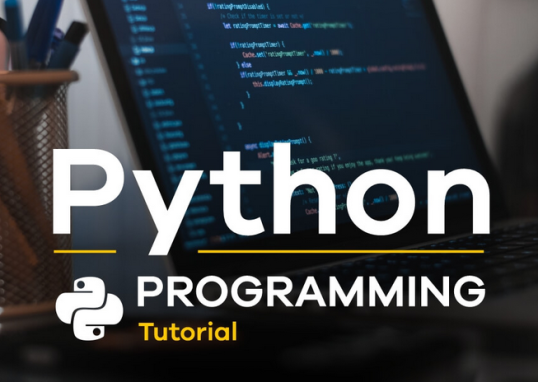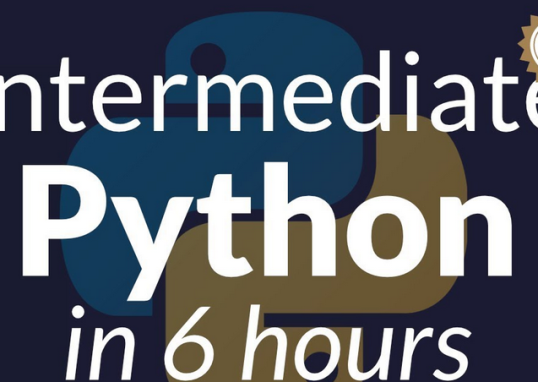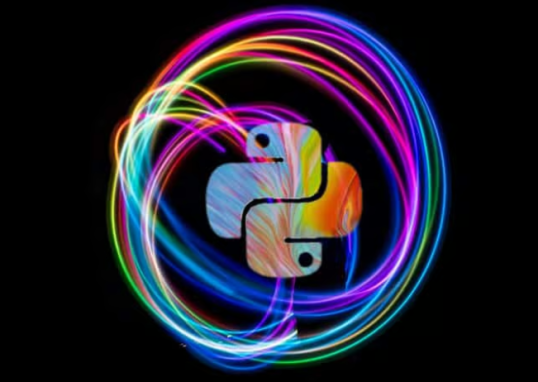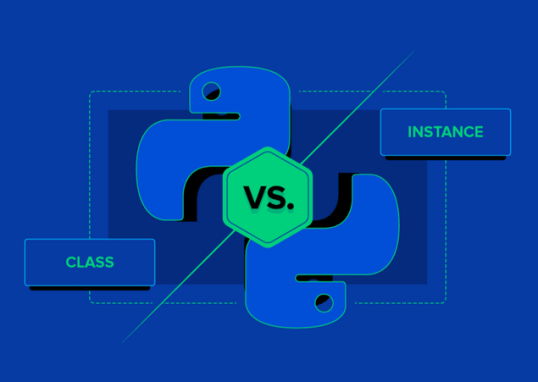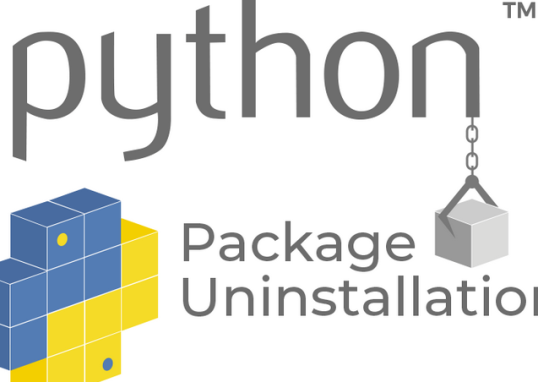Exploratory data analysis of text
Exploratory Data Analysis (EDA) is a crucial step in any data science project. When it comes to text data, EDA can help us understand the structure and characteristics of the data, identify potential issues or inconsistencies, and inform our choice of data preprocessing and modeling techniques. In this section, we will walk through the steps involved in performing EDA on text data.
Loading the data
The first step in EDA is to load the text data into our environment. Text data can come in many formats, including plain text files, CSV files, or database tables. Once we have the data loaded, we can begin to explore its structure and content.
Understanding the data
The next step in EDA is to gain an understanding of the data. For text data, this may involve examining the size of the dataset, the number of documents or samples, and the overall structure of the text (e.g., whether it is structured or unstructured). We can use descriptive statistics to gain insights into the data, such as the distribution of text lengths or the frequency of certain words or phrases.
Cleaning and preprocessing the data
After understanding the data, the next step in EDA is to clean and preprocess the text data. This can involve a number of steps, such as removing punctuation and stop words, stemming or lemmatizing words, and converting text to lowercase. Cleaning and preprocessing the data is important for preparing the data for modeling and ensuring that we are working with high-quality data.
Exploring the text’s content
Once we have cleaned and preprocessed the data, we can begin to explore the content of the text itself. This can involve examining the most frequent words or phrases, identifying patterns or themes in the text, and visualizing the data using techniques such as word clouds or frequency histograms. We can also use NLP techniques to extract features from the text, such as named entities, part-of-speech tags, or sentiment scores.
Analyzing relationships between text and other variables
In some cases, we may want to explore the relationships between the text data and other variables, such as demographic or behavioral data. For example, we may want to examine whether the sentiment of movie reviews varies by genre, or whether the topics discussed in social media posts differ by user age or location. This type of analysis can help us gain deeper insights into the text data and inform our modeling approach.
Visualizing the results
Finally, we can visualize the results of our EDA using a variety of techniques, such as word clouds, bar charts, scatterplots, or heat maps. Visualization is an important tool for communicating insights and findings to stakeholders, and can help us identify patterns and relationships in the data that might not be immediately apparent from the raw text.
In conclusion, exploratory data analysis is a critical step in any text data project. By understanding the structure and content of the data, cleaning and preprocessing it, exploring the text’s content, analyzing relationships between text and other variables, and visualizing the results, we can gain deep insights into the textual data and inform our modeling approach. With the right tools and techniques, EDA can help us uncover hidden patterns and insights in text data that can be used to drive business decisions and improve outcomes.
